
31 Oct, 2024
Thailand, Laos, Myanmar seek to head off looming dry-season haze and smog
Bangkok – Thailand, Myanmar and Laos have launched a Joint Plan of Action, under the name of “CLEAR Sky Strategy” to pre-empt and prevent the annual dry-season haze and smog caused largely by forest fires and agricultural burning. While the joint effort may help mitigate the problem to some extent, speakers at the session admitted that it could take at least five years to eliminate it entirely.
Speaking at the launch ceremony on 29 October, Thai Foreign Minister Maris Sangiampongsa said, “As we approach the end of the year and temperatures begin to drop, we can expect PM2.5 levels to rise again. Therefore, today’s launch of the Joint Plan of Action is timely. And I am confident that it will contribute to our efforts to address the issue in the region, and to global efforts. It will also help us to harness cooperation with partners around the world.”
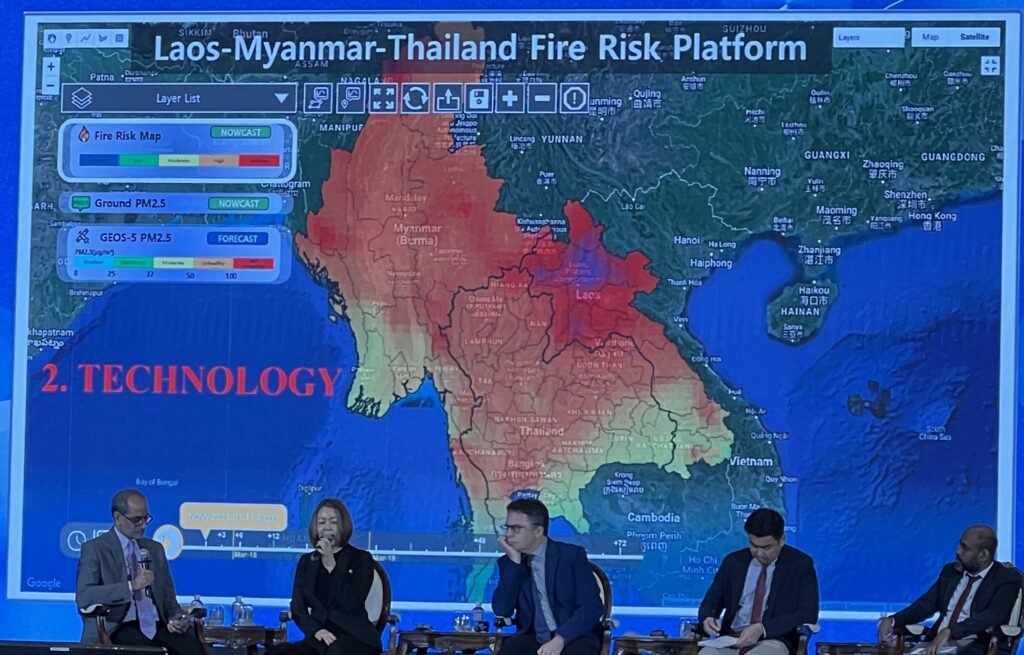
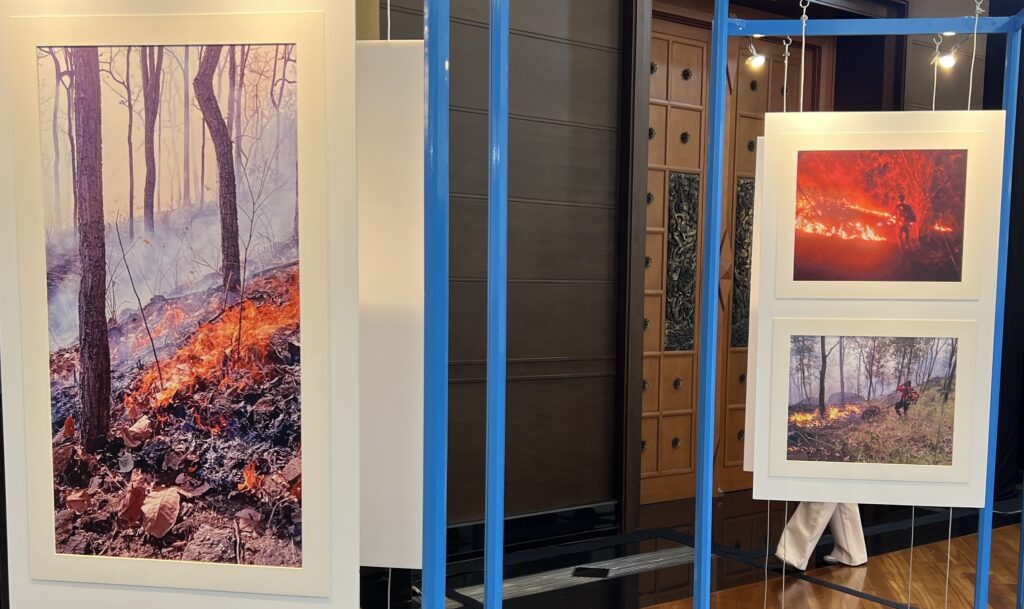
Because of its impact on the environment, public health as well as the economies, the Foreign Minister said Thailand has classified transboundary haze pollution, especially PM2.5, as “a national agenda of priority.” He said the three countries have been cooperating on developing a fire risk map and capacity-building.
 But a lot more needs to be done such as public awareness, stakeholder participation, legal instruments and perhaps most important, financial and technological support, and law enforcement.
But a lot more needs to be done such as public awareness, stakeholder participation, legal instruments and perhaps most important, financial and technological support, and law enforcement.
Thailand is also seeking the cooperation of other countries through the Mekong-Lancang Cooperation (MLC) framework, the Greater Mekong Subregion (GMS), and the Ayeyawady-Chao Phraya-Mekong Economic Cooperation Strategy (ACMECS), the Minister said.
There is no shortage of regional agreements and reports on the problem, dating back more than 20 years.
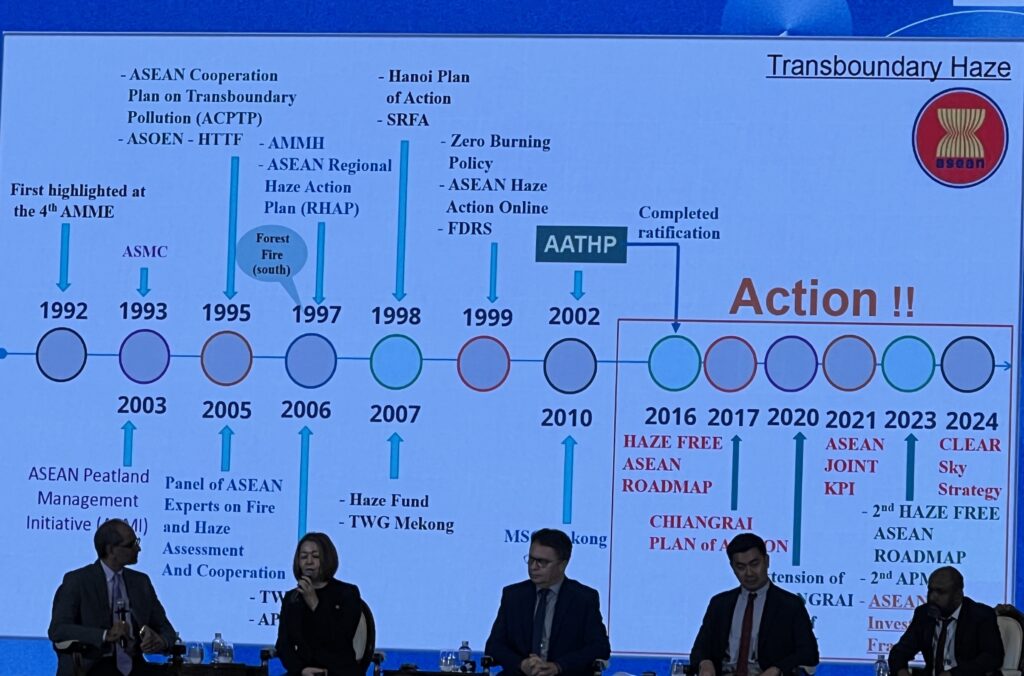

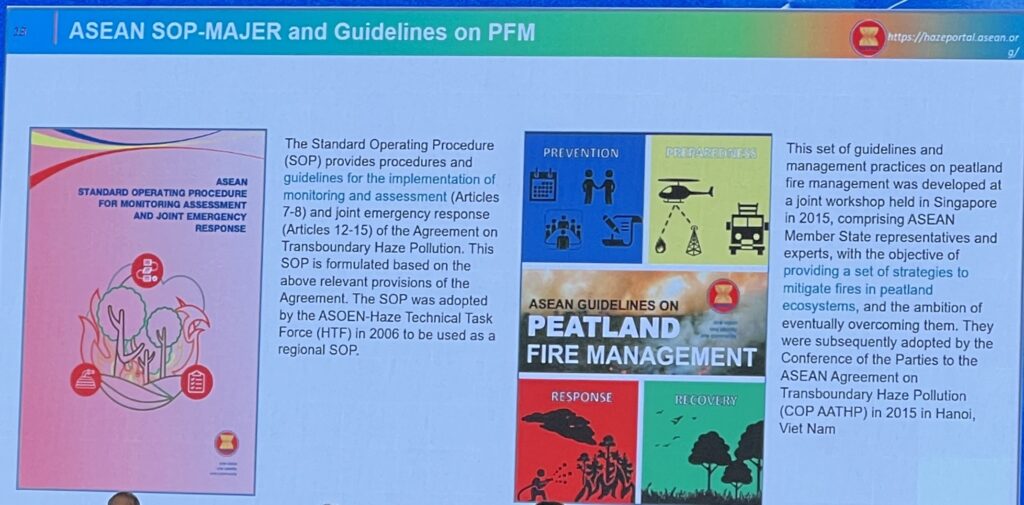
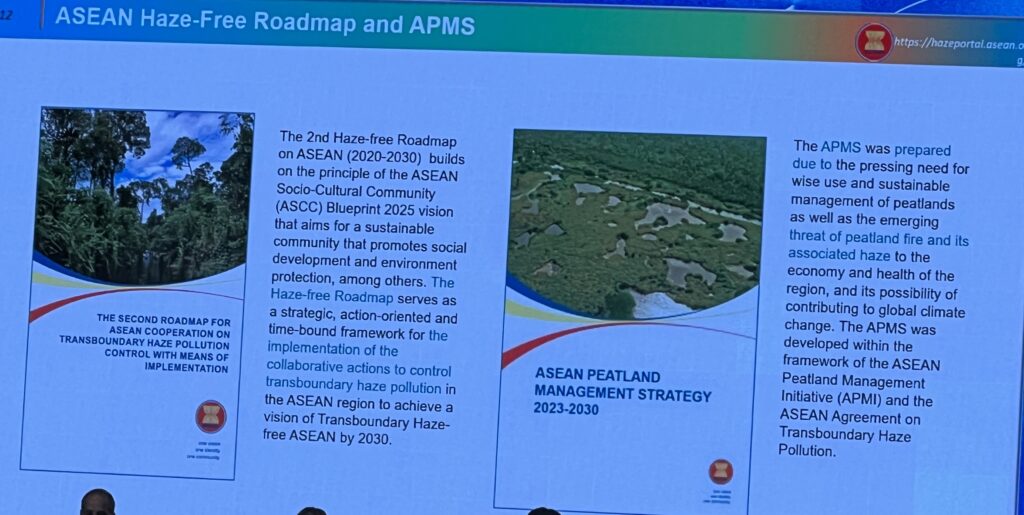
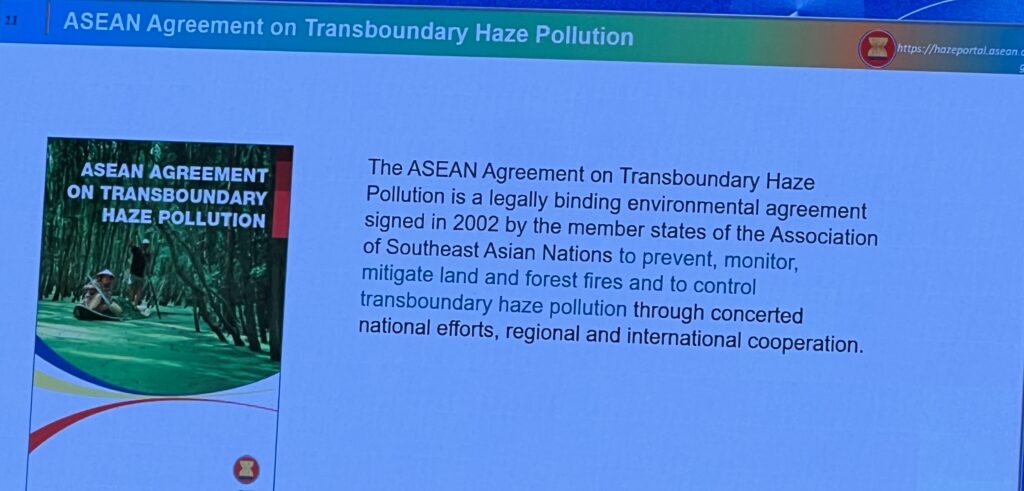
Dr. Chalermchai Sri-on, Minister of Natural Resources and Environment, reported that Thailand is making progress on mitigating the problem within its own borders. He said the number of hot spots in Thailand during January – May 2024 had dropped by 21% from 168,468 points in the same period in 2023 to 132,736 points.
In the same period, the number of accumulated heat points in forest areas throughout the country decreased by 26% from 121,575 points to 90,298 points, and the 24-hour average of small dust PM2.5 nationwide decreased by 15 percent from 41 micrograms per cubic meter to 35 micrograms per cubic meter.
However, the problem for Thailand is mainly Laos and Myanmar. Responding to a question from this editor on whether Laos and Myanmar had the financial, human and technological resources to deal with the problem, Mr. Aekkapol Aekakkararungroj, Geospatial Manager – Air Quality and Health, Asian Disaster Preparedness Center (ADPC), said he didn’t think so. It would take at least five more years to solve it entirely, he said.
Nevertheless, Thailand is helping both countries.
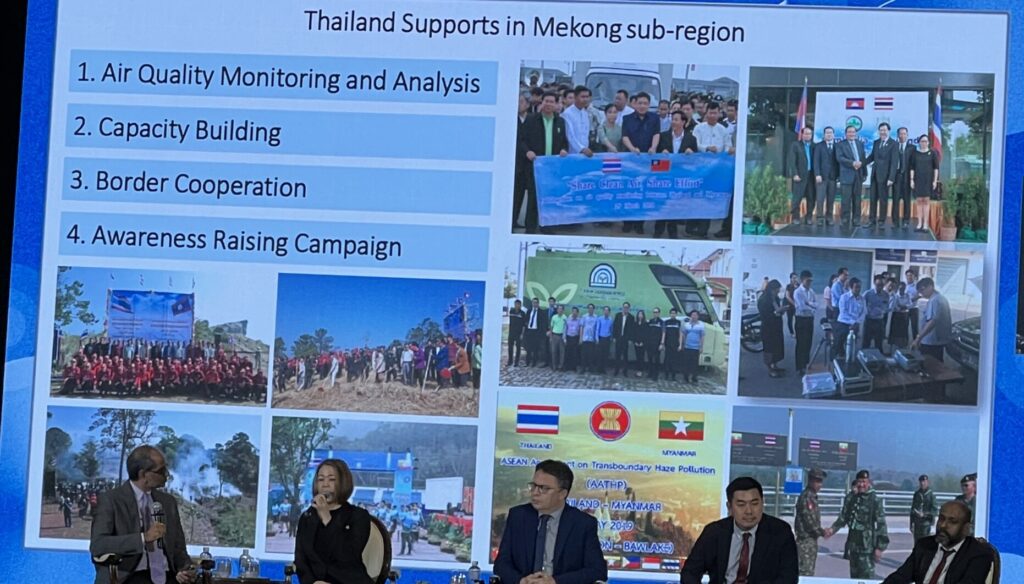
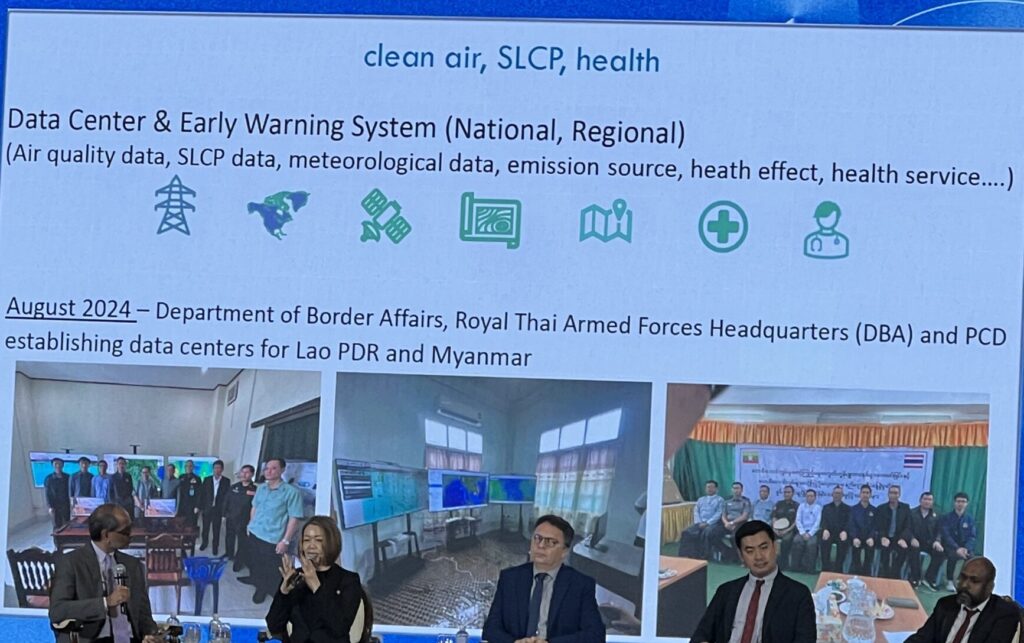
China had the best example of how it has tackled poor air quality. Mr. Lei Yu, Director of the Institute of Atmospheric Environment, Chinese Academy of Environmental Planning, Ministry of Ecology and Environment of China (online), outlined how China had used a combination of regulatory moves, carrot-and-stick incentives plus technology to improve the air quality without sacrificing economic growth.
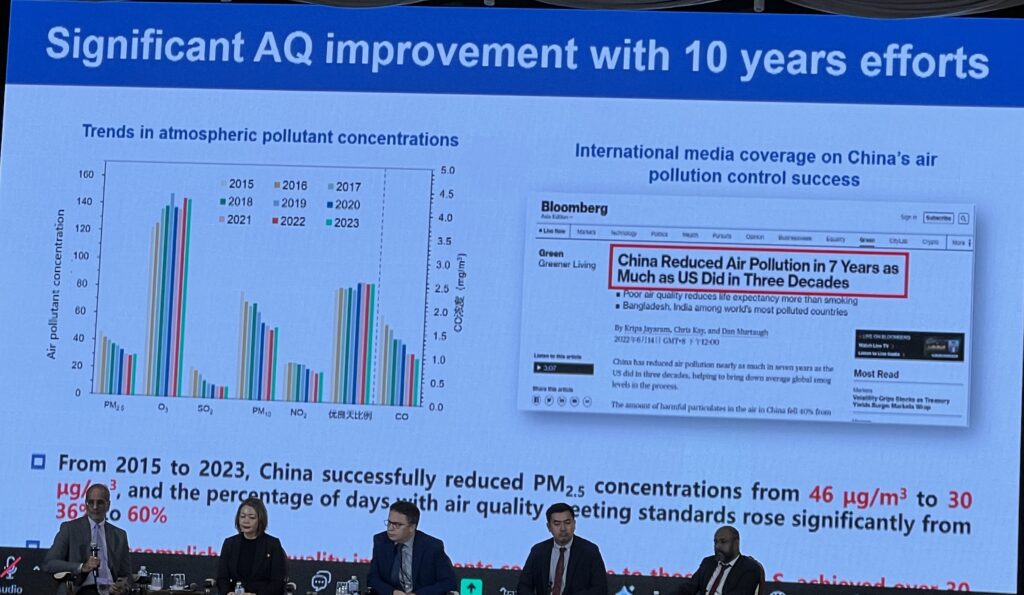
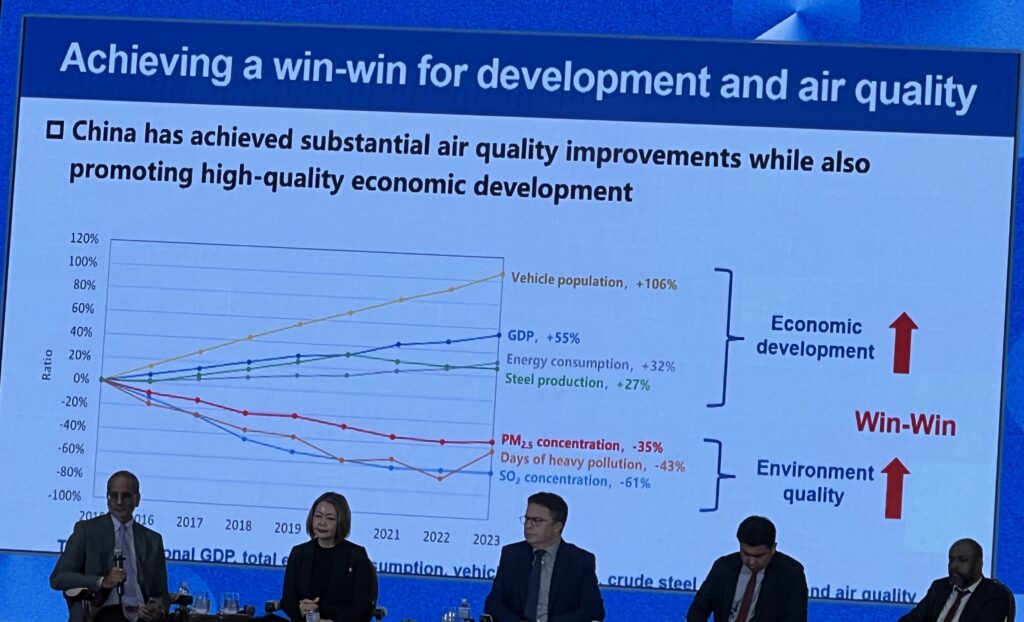
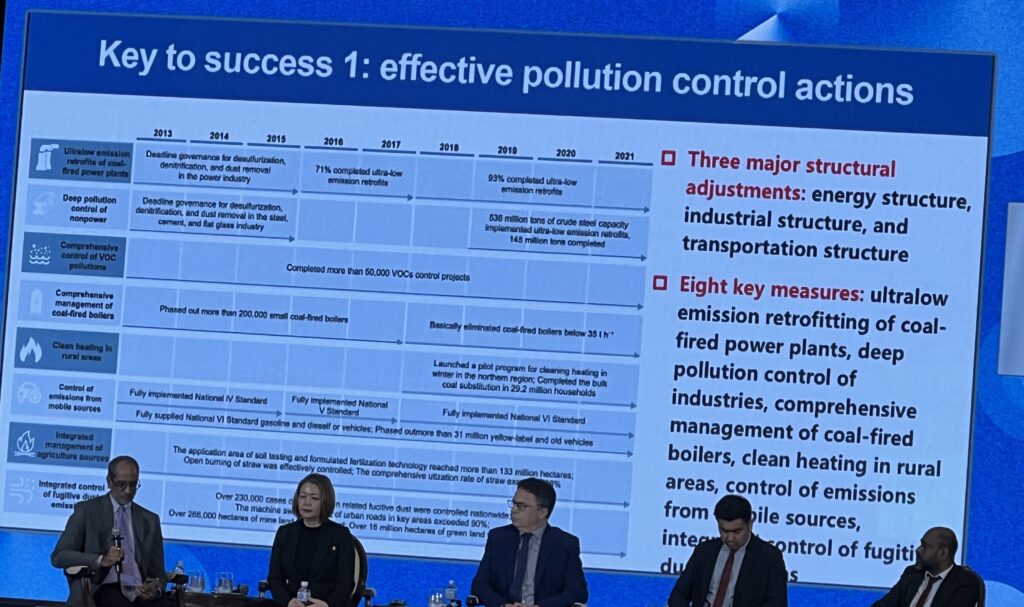
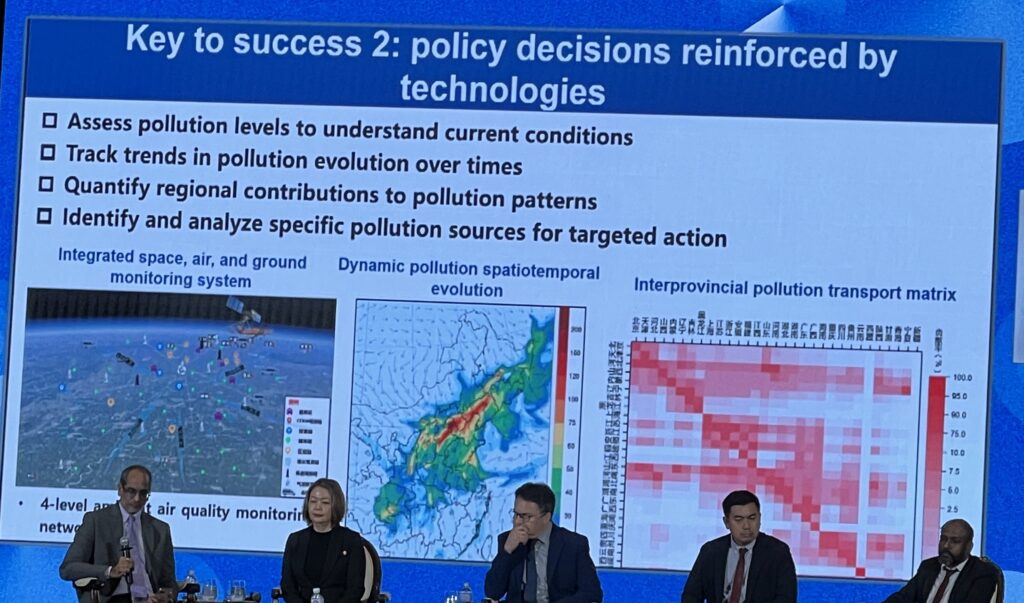
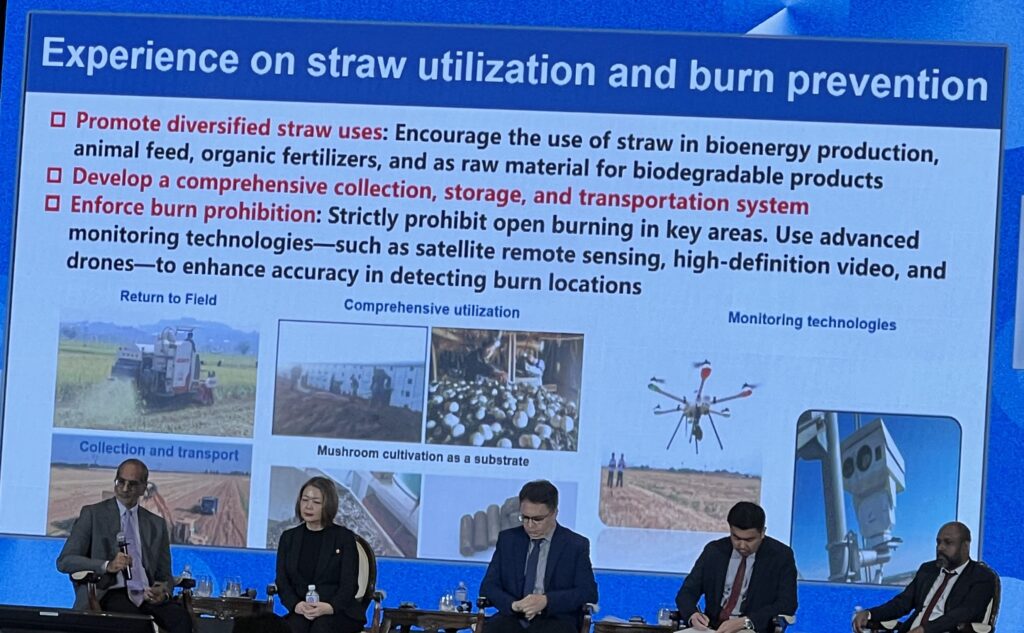
Indonesia also had a significant problem but has mitigated it, with the help of Singapore and Malaysia, which suffered grievously in the past.
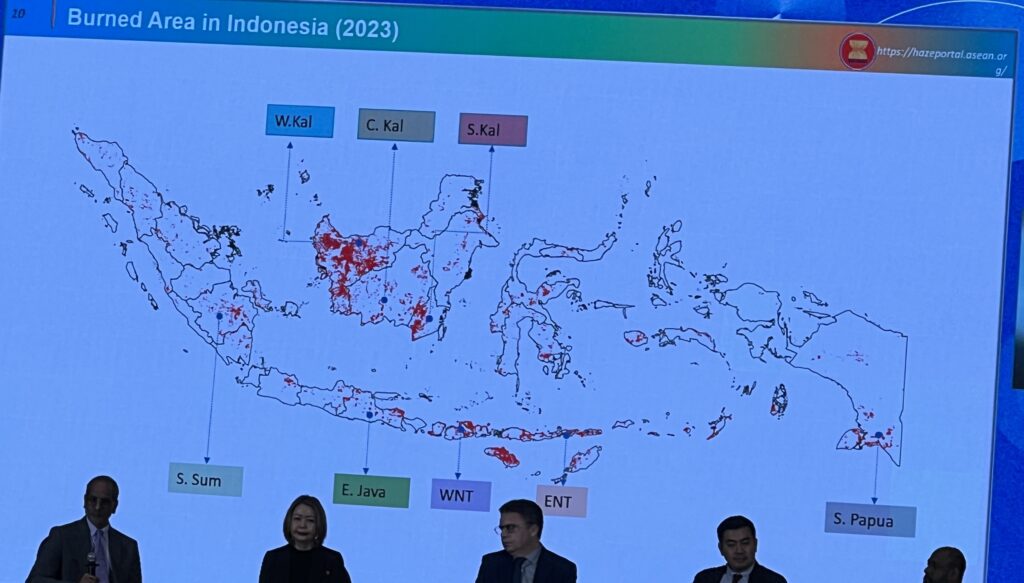
A lot more information is available here: https://hazeportal.asean.org/
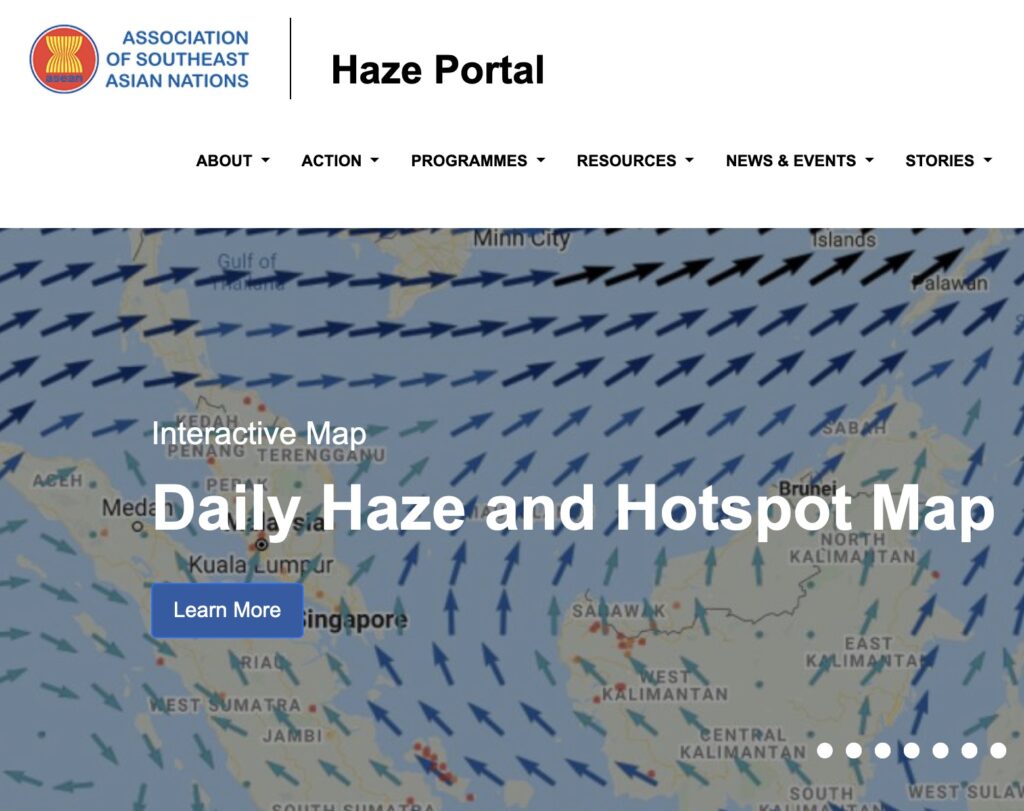



Liked this article? Share it!